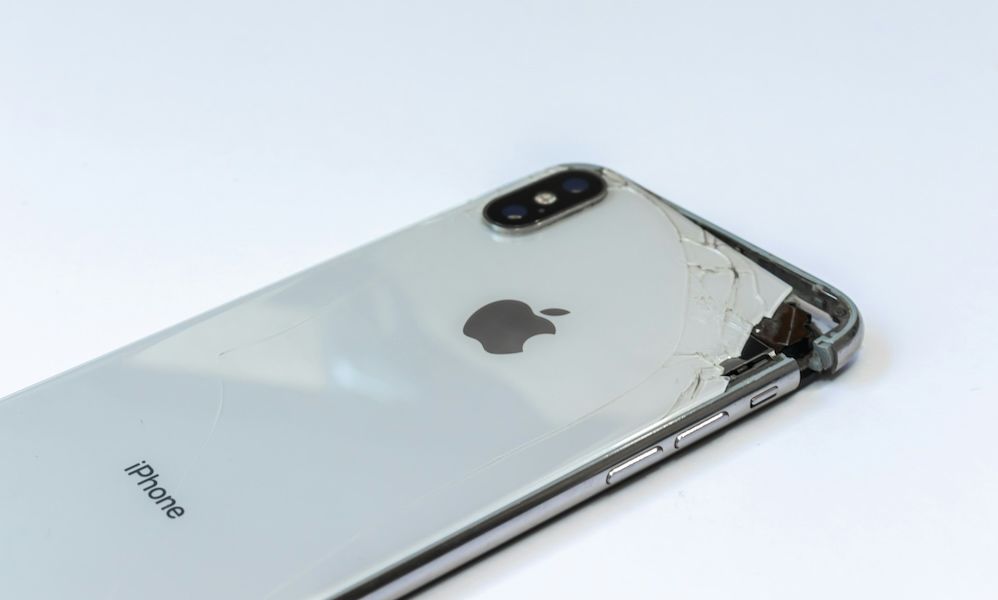Watch How Apple Tests iPhone Durability
 Credit: filisantillan / Unsplash
Credit: filisantillan / Unsplash
Toggle Dark Mode
We’ve seen crazy stories of an iPhone surviving being sucked out of a plane and falling three miles to the ground and new iPads that bend. There are loads of YouTubers that put iPhones through their own torture tests for fun and views. There’s no question that iPhone durability has improved with nearly every model, but what do we know about Apple’s internal durability testing? The truth is, not a lot.
However, Marques Brownlee (@MKBHD) recently went to an Apple lab where testing is conducted and interviewed Apple’s Senior VP of Hardware Engineering, John Ternus to shed some light on Apple’s rigorous and fascinating iPhone testing procedures.
Unsurprisingly, Apple uses advanced equipment and cameras to conduct and study the tests. Apple understands durability is not just about surviving a drop or some raindrops but withstanding everyday use. Here’s a bit of what MKBHD discovered.
How Apple Tests IP Rating
An IP rating is a two-digit performance rating for an electronic device. The first digit is the dust ingress protection rating (measured on a scale of 0-6), while the second represents its water resistance rating (measured on a scale of 0-9). For example, the iPhone 15’s IP rating is IP68.
According to MKBHD, Apple uses the low-pressure jet spray seen in the video, a drip tray representing rain, low-pressure jet spray, high-pressure jet spray, and submerging the iPhone entirely. With advanced tests like these, it’s no wonder the iPhone 15 is waterproof up to a depth of six meters for 30 minutes.
Drop and Shake Tests
#3: Apparently Apple has also bought and programmed and industrial robot to be their own drop test machine – to simulate hundreds of different drop angles onto different materials
Then they hit it with some ultra bright lights and a high speed camera to watch them back in… pic.twitter.com/EsNJbVQrbO— Marques Brownlee (@MKBHD) May 29, 2024
MKBHD also shared the above video of Apple conducting drop tests. The company uses sophisticated, customized robots to simulate drops at different angles and heights onto various surfaces while recording the results with special cameras. These tests help Apple identify weak points and reinforce the design to minimize damage.
Apple also revealed it has another customized machine that subjects the iPhone to sustained shaking and vibrations to determine how well the iPhone holds up over time. MKBHD likened the frequency of the vibrations to a motorcycle engine or subway car ride.
According to the interview with Ternus, Apple must strike a balance between repairability and durability. He goes on to explain that a more durable iPhone is naturally more difficult to repair. The upside is more reliability for the customer and a lower environmental impact since fewer repairs mean a reduced need for parts or new phones.
We’re sure this isn’t the full extent of Apple’s durability testing. Apple most certainly also subjects iPhones and parts to hot and cold extremes and employs a team of real-world testers who use the device in their daily lives. This might provide valuable feedback that lab tests might miss.
Either way, Apple revealed it may test over 10,000 iPhones before a model is released. Yet again, this demonstrates Apple’s commitment to meticulously refining and engineering its products to make them more reliable for consumers.







